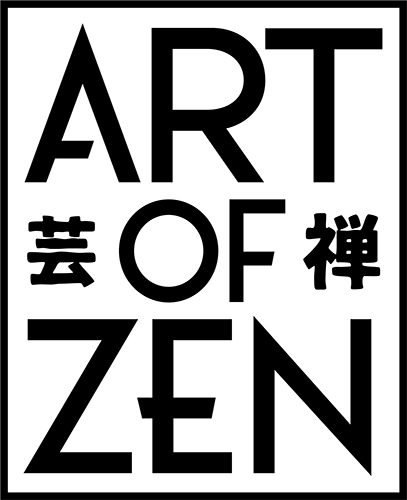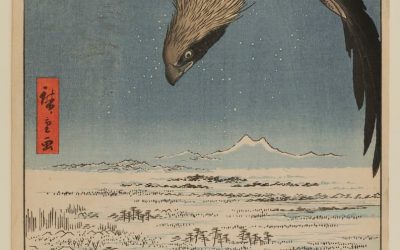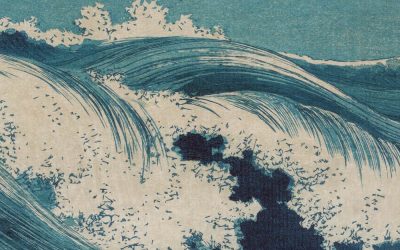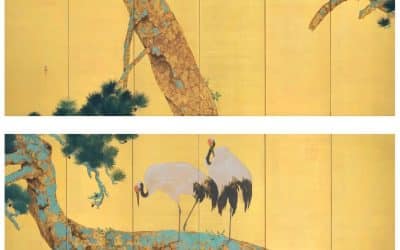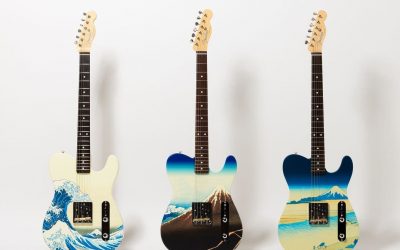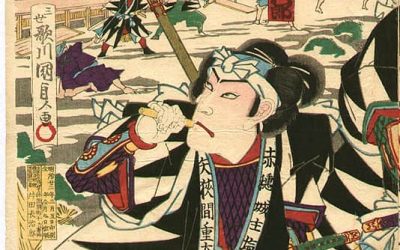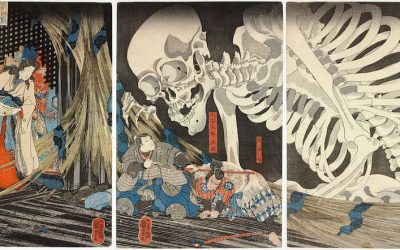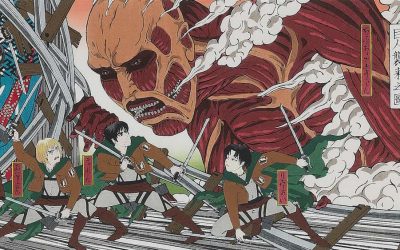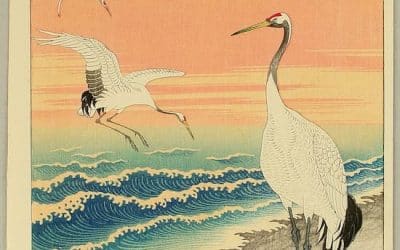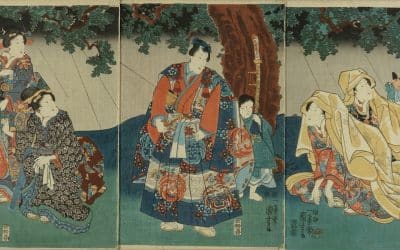Discover Hiroshige’s 100 Hundred Famous Views of Edo, an iconic ukiyo-e series capturing the beauty of Edo (modern Tokyo).
Ukiyo-e
Ukiyo-e, which translates to “pictures of the floating world,” is a captivating Japanese art form that emerged in the 17th century and thrived until the late 19th century. This artistic tradition provides a window into the culture and aesthetics of Japan’s Edo period. Characterized by its vibrant colors, intricate line work, and delicate craftsmanship, ukiyo-e remains a beloved art form that continues to influence artists globally.
Origins and Themes of Ukiyo-e Art
The world of ukiyo-e is often associated with woodblock prints depicting landscapes, kabuki actors, beautiful women, sumo wrestlers, and scenes from everyday life in Edo (now Tokyo). One of the remarkable aspects of this art form is its ability to distill and communicate the spirit of the times through both the grand and the mundane, capturing the joys, celebrations, and challenges of society.
In “The 12 Most Important Ukiyo-e Artworks of All Time,” you’ll find a curated collection of notable prints that exemplify these themes, offering insight into the historical and aesthetic significance of each piece. The featured works range from Katsushika Hokusai’s iconic The Great Wave off Kanagawa, which embodies Japan’s awe-inspiring natural forces, to the evocative beauty of Utagawa Hiroshige’s landscape series, The Fifty-Three Stations of the Tōkaidō, which portrays the journey along the historic Tōkaidō road.
Symbolism and Cultural Significance
Symbols hold a central place in ukiyo-e. This art form brims with layers of meaning that add richness to the aesthetic experience. In “The Symbolism of Japanese Woodblock Art,” the symbolism within these prints is explored in depth, revealing how motifs such as waves, cherry blossoms, and animals convey philosophical ideas, seasonal changes, and mythological beliefs. Such symbols make ukiyo-e prints deeply engaging, offering viewers a multifaceted cultural experience.
Take, for instance, the carp, a common subject in Japanese art, symbolizing perseverance and transformation due to its ability to swim upstream. Similarly, the depiction of cherry blossoms often represents the fleeting beauty of life, highlighting the Japanese concept of mono no aware, or the bittersweet recognition of impermanence.
Ukiyo-e Masters and Their Legacy
The legacy of ukiyo-e is closely tied to the lives and works of its masters. The article “11 Most Influential Ukiyo-e Artists: Masters of Japanese Woodblock Prints” provides a comprehensive exploration of the pioneering figures who shaped this art form. Among these luminaries are Hokusai, who is celebrated for his imaginative compositions and powerful brushwork; Hiroshige, whose poetic landscapes continue to inspire viewers; and Kitagawa Utamaro, known for his delicate and sensual portraits of women.
These masters expanded the possibilities by introducing new techniques, themes, and perspectives, setting the standard for future artists. Their creative innovations continue to resonate, influencing Western artists such as Vincent van Gogh and Claude Monet, who were fascinated by the bold compositions and exotic motifs of Japanese prints.
Collecting Ukiyo-e: Preserving a Heritage
Despite its historical origins, ukiyo-e remains relevant to art collectors and enthusiasts today. However, collecting these prints can be both exciting and challenging. In “Collecting Ukiyo-e Art: A Guide for Beginners,” aspiring collectors will find valuable tips on identifying authentic prints, understanding the historical context of different periods, and knowing what to look for when acquiring a piece for their collection.
A good starting point is recognizing the various eras of production, from the early pioneers of the Edo period to the later artists of the Meiji era who introduced Western influences. Knowledge of paper quality, signature styles, and the condition of the prints can also help collectors assess the value of a piece. By understanding these nuances, one can embark on a rewarding journey of collecting that not only appreciates the beauty of the prints but also safeguards an important part of cultural heritage.
Conclusion
Ukiyo-e is more than just an art form; it is a vibrant historical record and a bridge between eras. Whether marveling at Hokusai’s awe-inspiring waves or admiring Hiroshige’s serene landscapes, one can witness how the “floating world” continues to enchant and inspire. The works of masters and the symbolism within each print offer a lens through which to explore Japan’s rich cultural legacy. The modern collector’s pursuit of these prints ensures that the magic of ukiyo-e will endure for generations to come.
What You Should Know About Uehara Konen and Hatō zu
Here’s what to know about Uehara Konen, the master of shin-hanga, and his iconic Japanese wave art called Hatō zu.
11 Things to Know About Collecting Japanese Screens
Here are 11 things to know before embarking on your journey towards collecting Japanese screens, also known byōbu.
Fender’s Artistic Fusion: Hokusai’s Ukiyo-e Adorns New Guitar Collection
Fender is introducing a new guitar collection featuring Hokusai’s iconic ukiyo-e art from Thirty-Six Views of Mt. Fuji.
Chūshingura: The Epic of the Forty-Seven Ronin in Ukiyo-e Art
The epic tale of Chūshingura and the Forty-Seven Ronin, is a story of loyalty, honor, and revenge that is often depicted in ukiyo-e art.
Kuniyoshi’s Takiyasha the Witch and the Skeleton Spectre
There is haunting beauty and rich narrative in Utagawa Kuniyoshi’s mythical ukiyo-e artwork Takiyasha the Witch and the Skeleton Spectre.
How Akhibara Premium Preserves the Past with Neo Ukiyo-e
Akhibara Premium is keeping the traditional art of Japanese woodblock printing alive through innovative neo ukiyo-e projects featuring modern themes like The Ghost in the Shell and Attack on Titan.
The Significance of Japanese Cranes in Ukiyo-e Art
There is rich symbolism of Japanese cranes in ukiyo-e art with the tsuru embodying loyalty, longevity and fidelity.
11 Things to Know About Collecting Japanese Woodblock Art
Discover the beauty and intricacies of collecting Japanese woodblock art also known as ukiyo-e, with these 11 essential tips.
